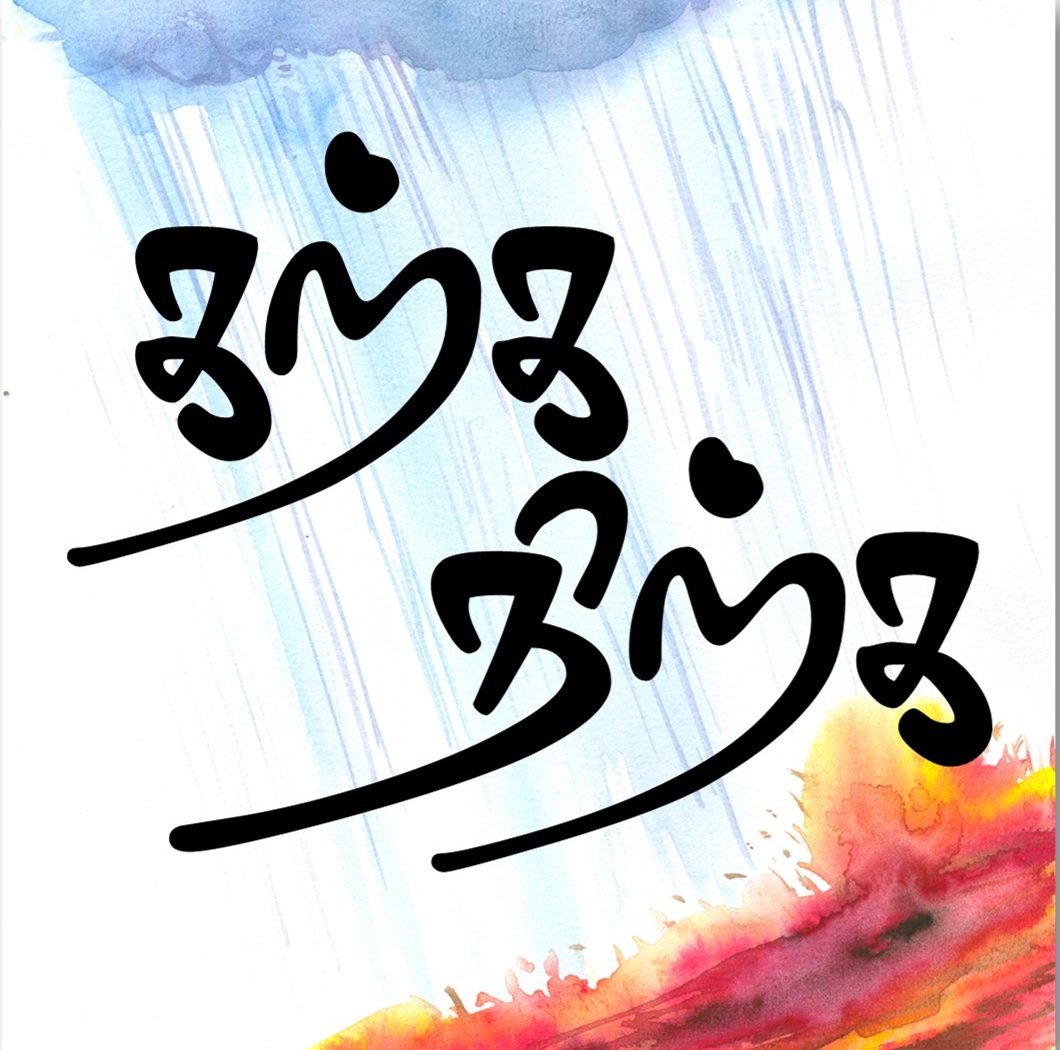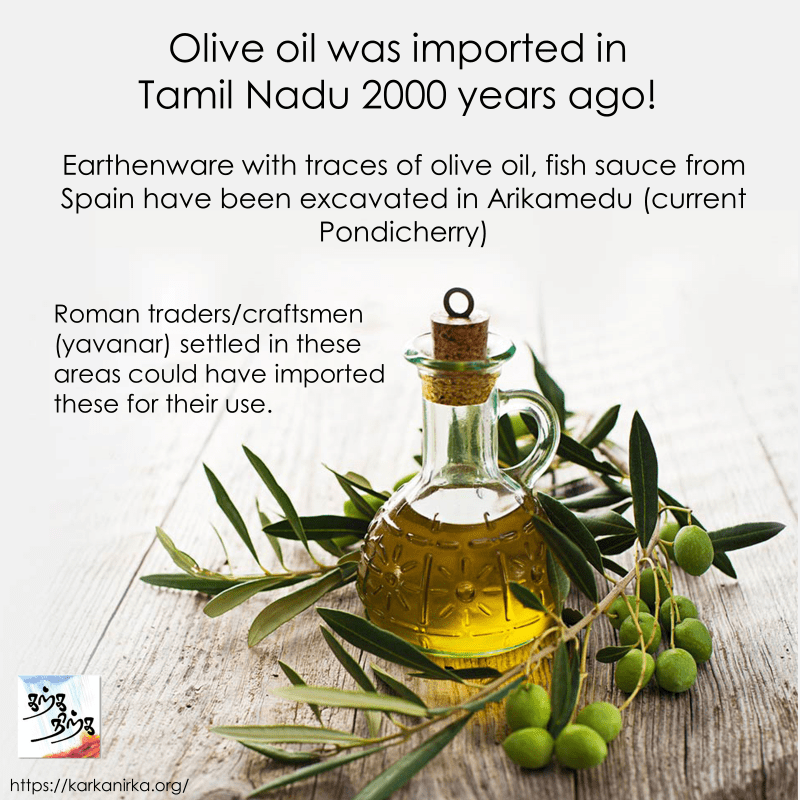Olive oil was imported in Tamil Nadu 2000 years ago from Europe. Yes, you read it right. Before I jump into the Olive oils and Romans, this post would also show importance of 360 degree view of history. Literature alone cannot be taken as source of truth and archaeology and serious ground work can help establish history.
——————————————————————————————————
Follow Karka Nirka Blog in
Facebook – http://www.facebook.com/pages/Karka-Nirka/353094691592
Twitter – https://twitter.com/KarkaNirka
——————————————————————————————————
“EXCAVATION AT ARIKAMEDU,PONDICHERRY.—Excavations were undertaken at Arikamedu, in the Union Territory of Pondicherry, by Vimala Begley of the University Museum, University of Pennsylvania, and K.V. Raman of the Madras University, for the purpose of better understanding the history of maritime trade and refining the internal ceramic chronology of the site. Other members of the American team were Elizabeth Lyding Will from Emherst College, and Steven E. Sidebotham of the University of Delaware. As part of the programme, amphoras from previous excavations at Arikamedu were examined by Elizabeth Lyding Will with a View to .understanding the history of trade as well as the chronology of Arikamedu. It was observed that Arikamedu amphoras were in part Greek containers for wine from the islands of Kos, Knidos and Rhodes dated to the first century BC and perhaps even the second century BC; and in part Roman Campanian imitations of Koan products. In addition to wine jars, she also identified a few fragments each of Spanish jars for garum (a Roman fish sauce) and Olive oil, and olive oil Jars from the Istrian peninsula in the northern Adriatic, suggesting thereby that south India had either developed a taste for such products or there was a
demand for them among the members of Roman trading community resident at Arikamedu. None of the pieces examined by her are later than the first century AD. It was also reported by her that several Greek Koan pieces at Arikamedu are covered with patches of what appears to be the water-resistant pozzolana cement, which was used by Romans in the construction of underwater installations; they also used amphora pieces as “bricks” in such- constructions.” – Indian Archaeology Review -1989 -1990
This clearly shows import and export of luxury goods was common even 2000 years back. Other most important highlight of this excavation is to prove that yavanas of Tamil literature in Sangam age is Roman/Greeks.
Why this is important?
Because Sangam literature doesn’t clearly say which country they belong too. Also Yavanar term has been used for any foreigner (outside borders of India and not Tamil Agam). This term could have been used for Arabs during later Tamil literature.
Herman Tieken in his paper ‘THE YAVANAS’ CLOTHES IN OLD TAMIL LITERATURE’ based on few literary descriptions goes on to say that Yavanas mentioned in Tamil literature were Arabs based on their description and hence Tamil Sangam literature could be dated only after 7th century AD. Archelogical excavations and proofs like above have gone on to prove such theory as wrong and Sangam age is 300 BC to 300 AD.
Interesting to note that Olive oil doesn’t get any mention in Sangam literature.



ரோமானியத் தொடர்புகளும் ஆலிவ் எண்ணெயும் தொடர்பு படுத்தும் இந்தப்பதிவில் சிறப்பான செய்திகளைப் பதிவிட்டுள்ளீர்கள். நன்றி.